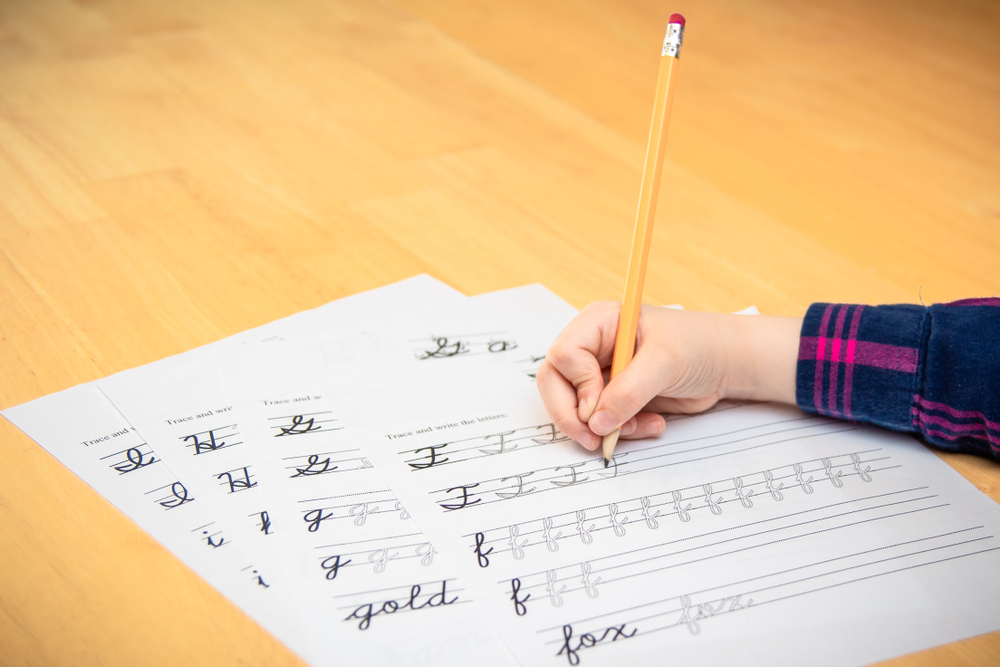Alphabet Recognition Normal Alphabet Worksheets for 5-Year-Olds
40 filtered results
-
From - To
Welcome to our Alphabet Recognition Normal Alphabet Worksheets designed specifically for 5-year-olds! Our engaging worksheets are crafted to nurture young learners’ ability to recognize and identify letters in both uppercase and lowercase forms. Through fun activities, children will enhance their vocabulary, improve fine motor skills, and gain confidence in reading. These worksheets include a variety of exercises, such as tracing letters, matching games, and identifying letters in playful contexts, making learning enjoyable and effective. Perfect for home or classroom use, these resources support foundational literacy skills essential for your child's educational journey. Explore our collection today to inspire your little ones!


Lowercase Letters Maze Worksheet
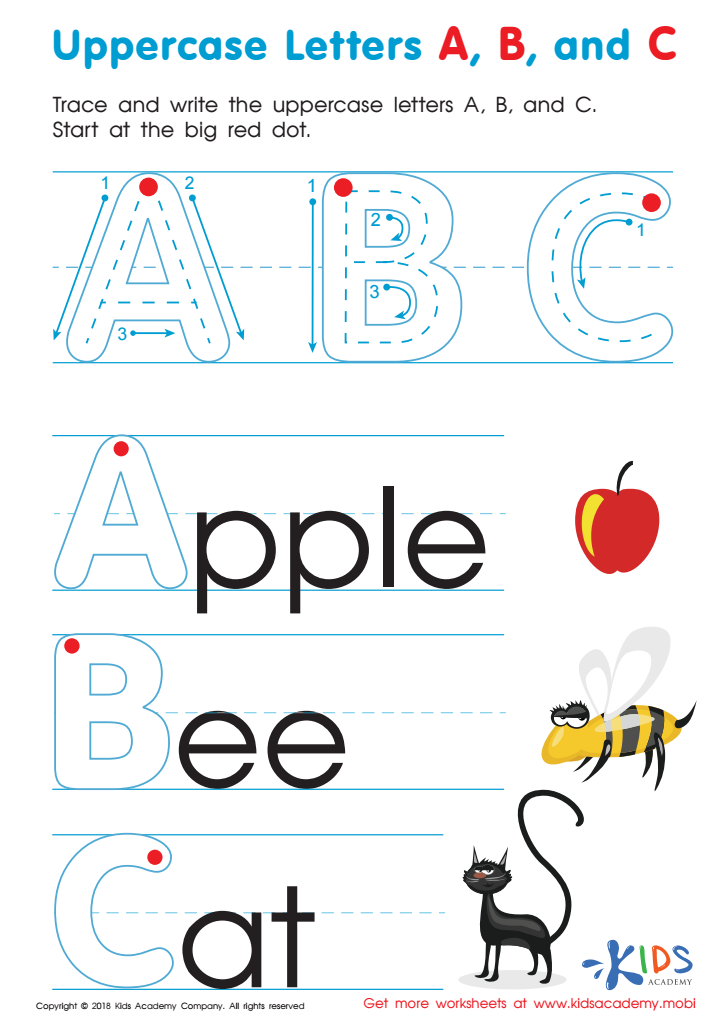

Uppercase Letters A, B, and C Worksheet


Letter O Tracing Page


Uppercase Letters J, K, and L Worksheet


Letter I Tracing Page


Letter B Coloring Sheet


Letter A Coloring Sheet


Letter M Coloring Sheet


Lowercase Letters y z Worksheet


Letter L Coloring Sheet


Letter C Tracing Page


Letter M Tracing Page
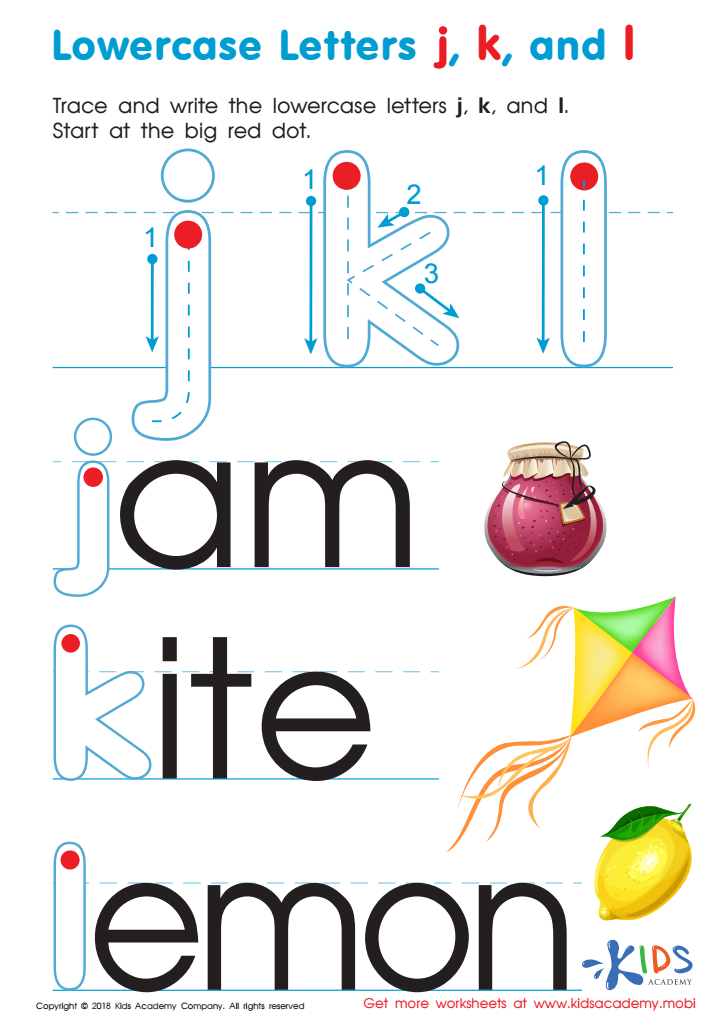

Lowercase Letters j k l Worksheet


Uppercase Letters M, N, and O Worksheet


Uppercase Letters G, H, and I Worksheet
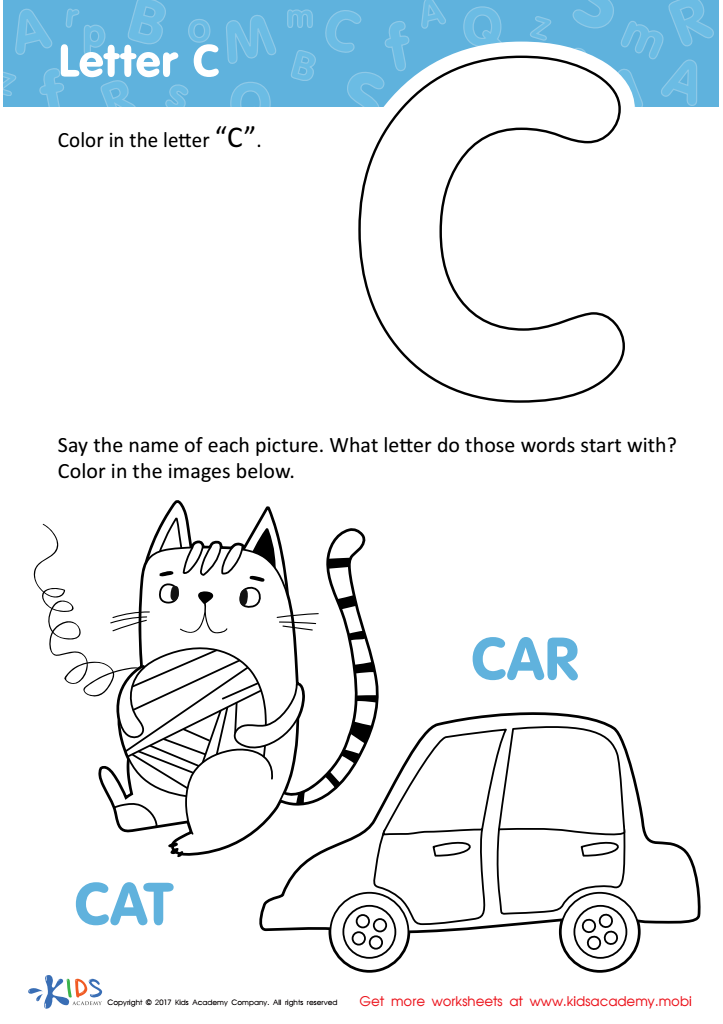

Letter C Coloring Sheet
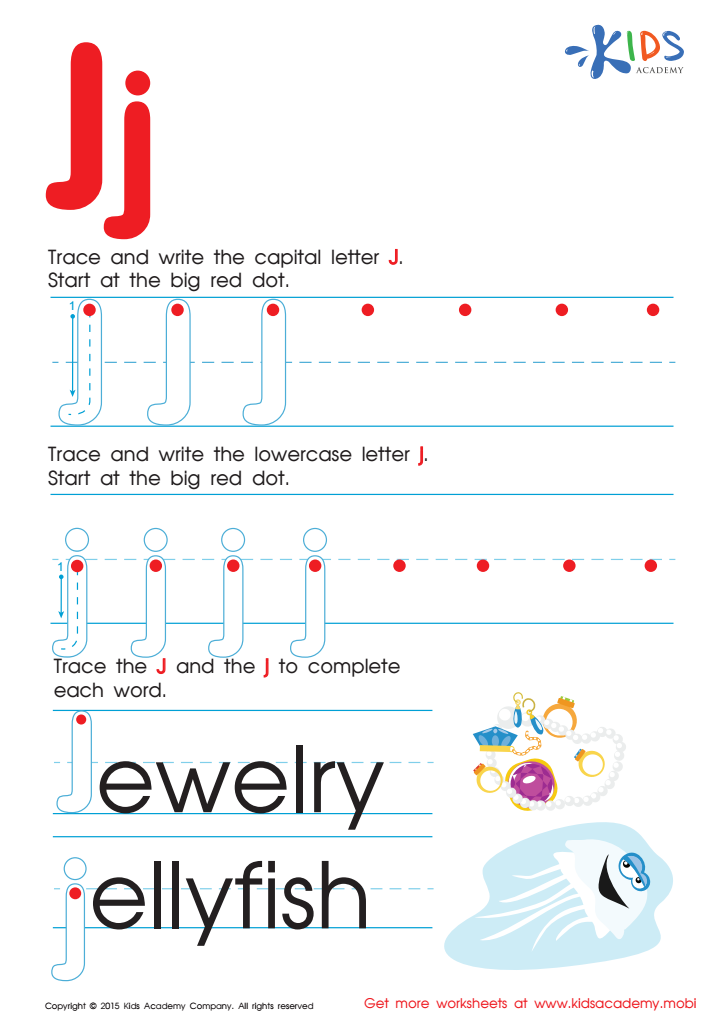

Letter J Tracing Page


Find Uppercase Letters P, Q, and R Worksheet


Letter D Coloring Sheet
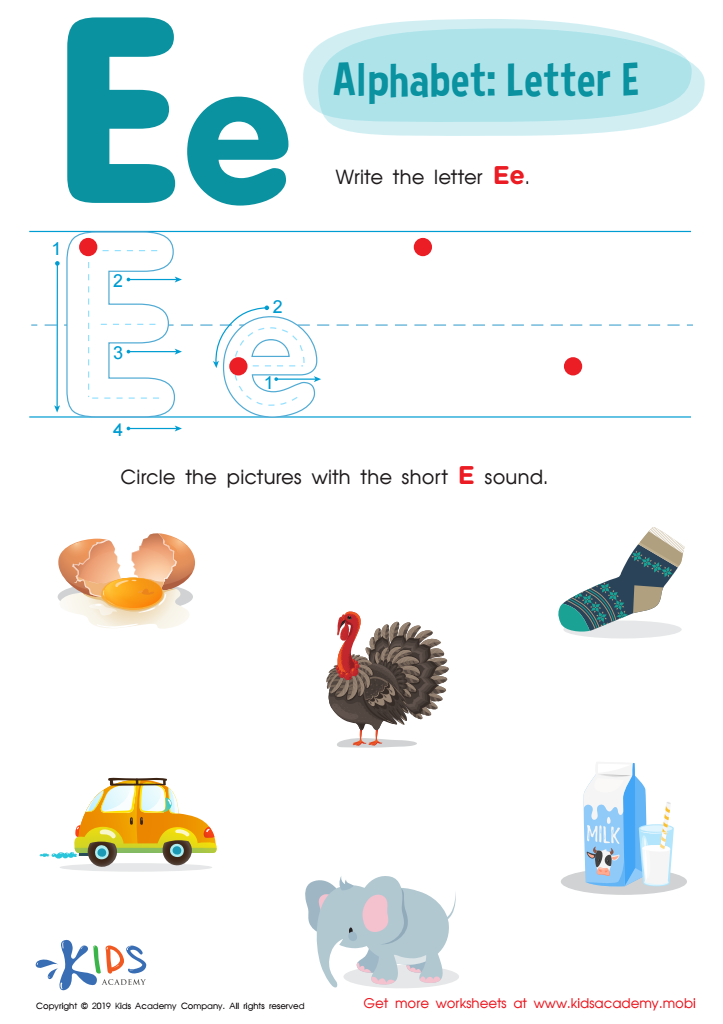

Letter E Tracing Worksheet


Letter W Coloring Sheet


Letter O Coloring Sheet


Lowercase Letters m n o Worksheet


Letter B Tracing Page
Letter recognition is a fundamental skill that lays the foundation for young children's literacy development. For 5-year-olds, mastering the normal alphabet is crucial for several reasons. First, recognizing letters equips children with the tools to decode written language, enhancing their reading abilities. This foundational skill supports their journey toward becoming fluent readers and writers.
Additionally, alphabet recognition fosters cognitive development. Identifying letters and understanding their associated sounds encourages critical thinking and memory recall. As children progress in their recognition skills, they gain confidence in their literacy capabilities, promoting a love for reading that can last a lifetime.
Furthermore, teachers and parents play a vital role in supporting alphabet recognition through engaging activities, such as interactive games, songs, and storytelling. Involvement from adults in this learning process can significantly boost a child's motivation and enthusiasm for learning.
Lastly, proficient letter recognition can positively impact a child's social skills and self-esteem. Mastery of the alphabet gives them the ability to interact with peers during literacy activities, fostering collaboration and teamwork. Thus, parents and teachers should prioritize alphabet recognition, recognizing it as a step towards empowerment and a gateway to future learning success.
 Assign to My Students
Assign to My Students





